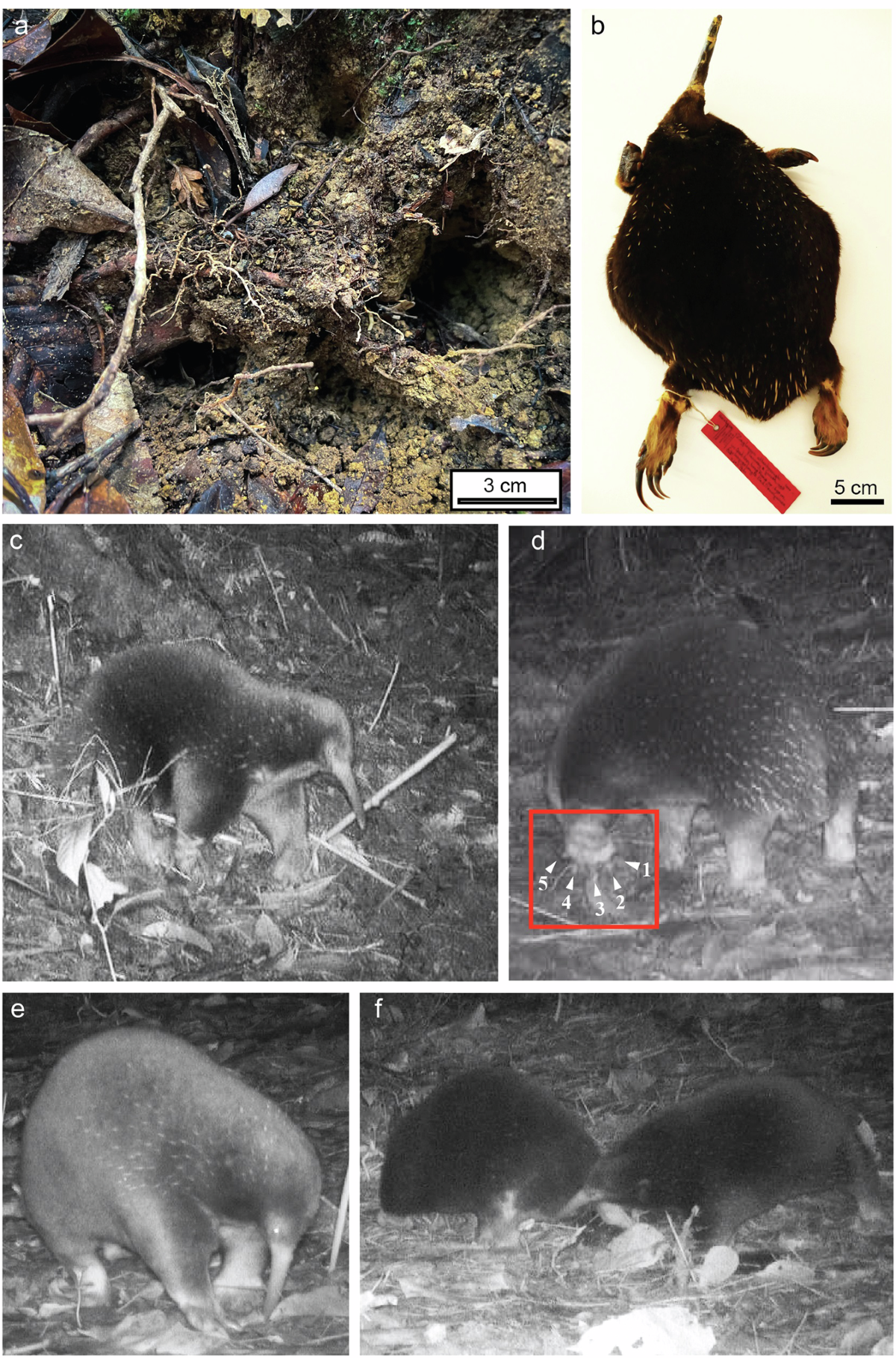Integrating Traditional Indigenous Insights in Wildlife Research
Researchers and conservationists are increasingly recognizing the value of integrating traditional indigenous knowledge with modern scientific methods in wildlife research. By incorporating the insights and wisdom of indigenous communities, a more holistic understanding of ecosystems and wildlife behavior can be achieved.
The Value of Indigenous Knowledge
Traditional indigenous knowledge is often based on centuries of observations and deep connections to the land. This knowledge can provide invaluable insights into wildlife behavior, habitat patterns, and ecosystem dynamics that might not be captured through conventional scientific approaches alone.
Bridging the Gap Between Tradition and Science
Integrating traditional indigenous knowledge into wildlife research requires collaboration and respect for indigenous cultures. By combining traditional practices with modern scientific methodologies, researchers can gain a deeper appreciation for the complexity of ecosystems and develop more effective conservation strategies.
Preserving Cultural Heritage and Biodiversity
Efforts to integrate traditional indigenous insights in wildlife research not only benefit conservation efforts but also help in preserving cultural heritage and promoting indigenous rights. This approach fosters a more inclusive and sustainable model of research and conservation that respects diverse worldviews.
The Role of Camera Trapping in Unveiling Hidden Species
Camera trapping has revolutionized wildlife research and conservation efforts by providing a non-intrusive method to capture elusive species that would otherwise go unnoticed. This technology involves strategically placing motion-sensor cameras in natural habitats to capture images or videos of wildlife without disturbing their natural behavior.
One of the key benefits of camera trapping is its ability to unveil hidden species that are difficult to observe through conventional means. By capturing candid moments of animals in their natural habitat, researchers gain valuable insights into the behavior, distribution, and population dynamics of species that might be rare, elusive, or nocturnal.
Moreover, camera trapping has contributed significantly to biodiversity assessment and monitoring. It helps scientists identify the presence of endangered or newly discovered species, assess the impacts of habitat loss or climate change, and inform conservation strategies to protect vulnerable ecosystems.
From the depths of remote forests to the vast savannas, camera trapping has allowed researchers to reveal the secret lives of wildlife that would have otherwise remained hidden from human eyes. These insights are not only crucial for understanding ecosystem dynamics but also for shaping effective conservation policies that safeguard biodiversity for future generations.
Collaboration Success: Indigenous Knowledge Meets Modern Technology
In the realm of collaboration success, the fusion of indigenous knowledge with modern technology creates a potent synergy that paves the way for innovation and progress. When ancient wisdom intersects with cutting-edge technology, the results are profound and transformative.
Embracing Cultural Heritage
By integrating indigenous knowledge into modern technological practices, organizations and communities can preserve, honor, and leverage their cultural heritage. This collaboration illustrates a harmonious relationship that bridges the past with the present, ensuring that traditional wisdom is not only respected but also included in contemporary advancements.
Fostering Sustainable Solutions
One of the remarkable outcomes of blending indigenous knowledge with modern technology is the ability to develop sustainable solutions. Drawing on ancestral practices and coupling them with innovative tools leads to holistic approaches for addressing complex challenges, benefiting both the environment and society.
Enhancing Cross-Cultural Understanding
The convergence of indigenous knowledge and modern technology fosters a deeper understanding and appreciation of different cultures. This collaborative effort cultivates respect, empathy, and mutual learning, breaking down barriers and promoting harmony across diverse communities.
Spotlight on the ‘Lost’ Echidna: Conservation Efforts and Discoveries
Breaking Down the Headlines
The recent spotlight on the ‘Lost’ Echidna showcases the ongoing conservation efforts dedicated to protecting this unique species. Discoveries related to their habitat, behavior, and population dynamics have garnered significant attention.
The Bigger Picture
Examining the ‘Lost’ Echidna in the broader context of global biodiversity highlights the importance of preserving diverse ecosystems. Insights gained from studying this elusive creature can offer valuable lessons for conservation strategies worldwide.
What This Means Going Forward
Continued focus on the ‘Lost’ Echidna is vital for ensuring the survival of this species and maintaining ecological balance. Collaborative efforts involving researchers, conservationists, and policymakers will be crucial in shaping the future of echidna conservation and promoting overall biodiversity conservation.
